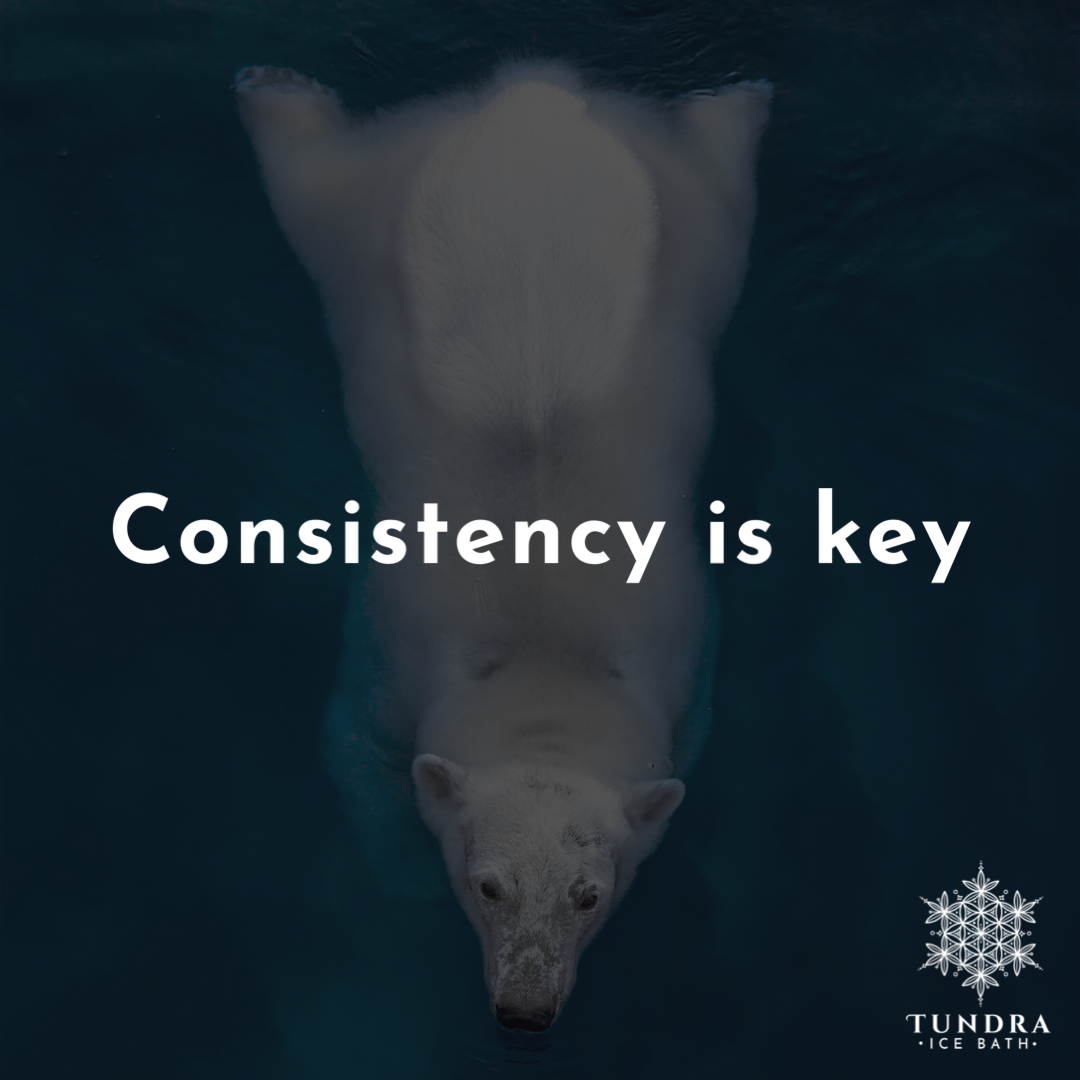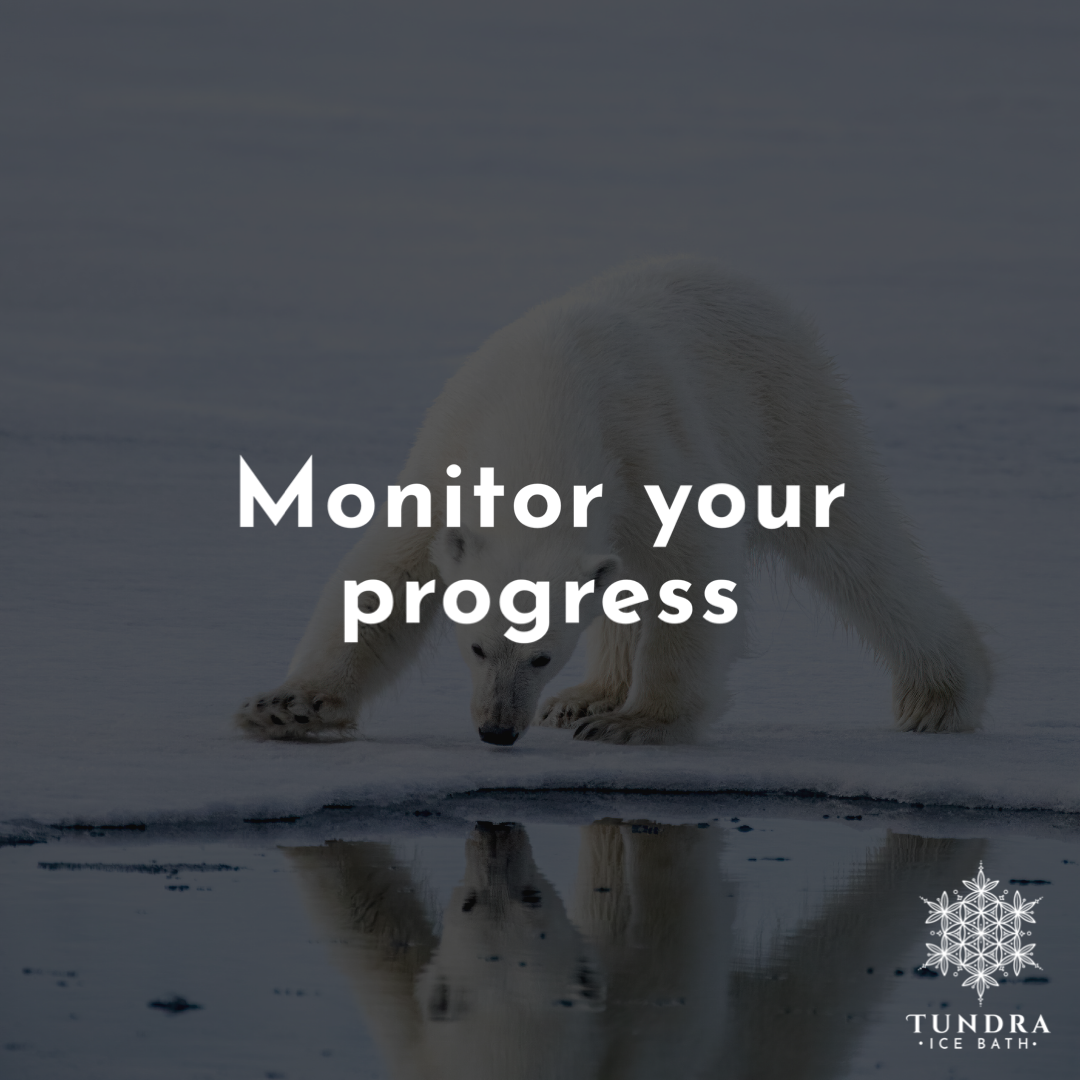

Introduction:
The initial shock of cold water might be intimidating for newcomers. However, with the right approach and mindset, you can transform this seemingly daunting experience into an enjoyable and rejuvenating wellness routine. In this blog post, we've compiled a list of tips and best practices to help you ease into cold plunge therapy and get the most out of your sessions.

Breathing plays a crucial role in managing the initial shock of cold water during a cold plunge session. By focusing on slow, deep breaths, you can calm your body and mind, making the experience more manageable. Controlled breathing techniques, such as box breathing or diaphragmatic breathing, can be particularly helpful in maintaining a relaxed state throughout your session.

Jumping straight into the cold water can be quite a shock to your system. Instead, start by submerging your legs and arms before immersing your entire body. This allows your body to adjust to the temperature change more gradually, reducing discomfort and increasing the likelihood that you'll stick with the practice.

Like any wellness practice, consistency is crucial for achieving optimal results from cold plunge therapy. Aim to incorporate cold plunges into your routine several times a week or as recommended by a healthcare professional. Over time, you'll begin to notice improvements in your overall health and well-being.

After your cold plunge session, it's essential to gently warm up your body. Consider using a sauna, taking a hot shower, or wrapping yourself in a warm towel to gradually raise your body temperature. This prevents any adverse effects and promotes relaxation, allowing you to fully enjoy the benefits of your cold therapy session.

Keeping track of your cold plunge sessions is key to recognizing patterns and making adjustments for maximum benefits. Note the duration of each session, water temperature, and how you feel afterward. Over time, you may notice trends that can help you optimize your cold plunge practice. For example, you might find that a specific water temperature yields the best results or that plunging at a particular time of day leaves you feeling the most refreshed.
Conclusion:
By incorporating these tips into your cold plunge routine, you'll be well on your way to a successful and enjoyable experience. Remember, consistency and mindfulness are key to reaping the full range of benefits cold plunge therapy has to offer. So, dive in and embrace the invigorating power of cold water therapy!
